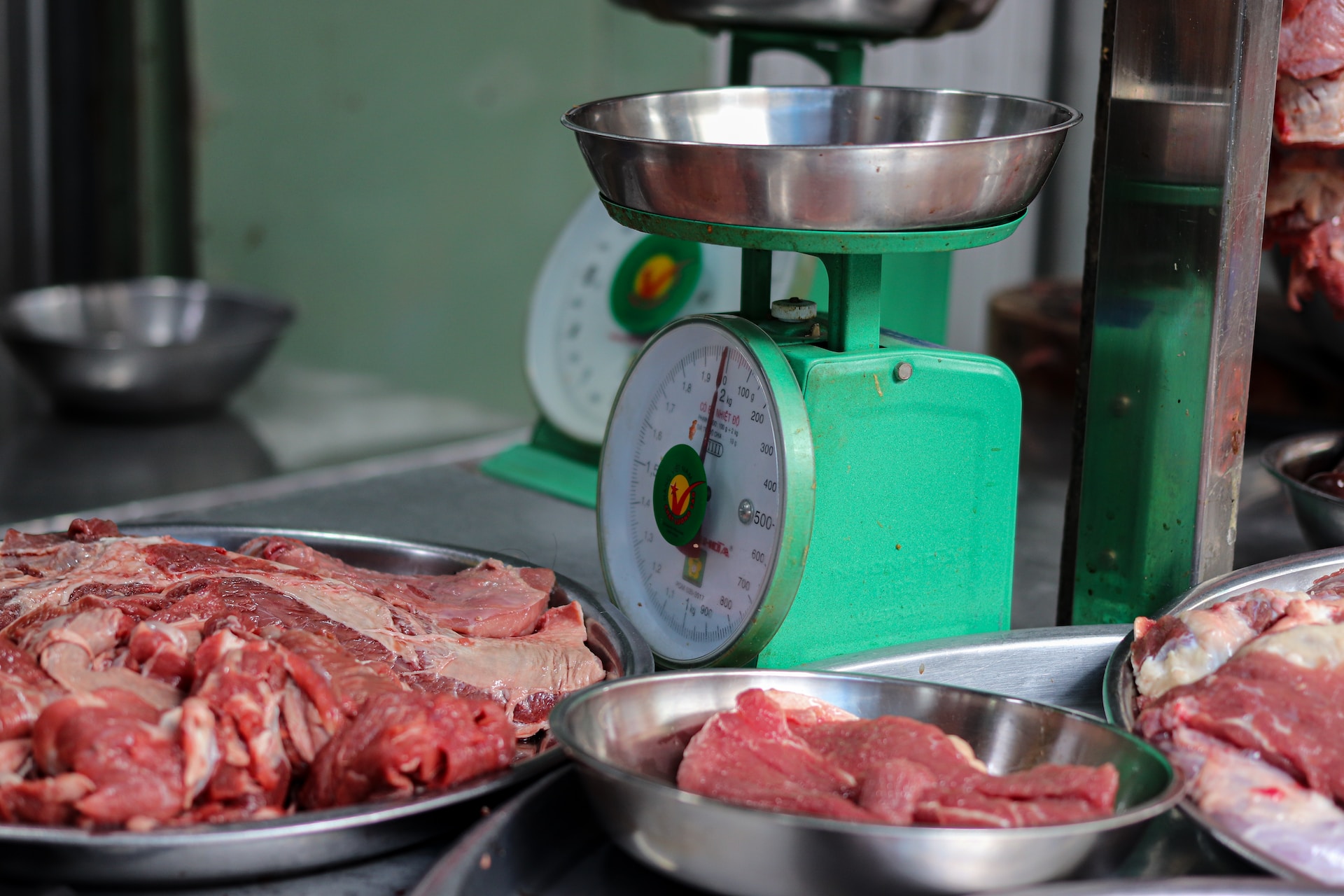
The anatomy of your protein is important stuff. Knowing the right cut or style can be the difference between a perfectly cooked roast or a mediocre meal that’s a little on the chewy side. When it comes to pork, two of the most popular options are butt and shoulder, and it pays to know the basics about each.
We tend not to be as picky about the cuts of pork as we do, say, the cuts of beef but perhaps we should be. After all, the makeup of the meat varies quite a bit depending on where exactly it’s sourced from. Couple that with the fact that we tend to use misleading titles for various cuts and things can get a little head-scratching.
It turns out that there are a lot of similarities between these two classic pork cuts. Both pork butt and pork shoulder are fairly tough texture-wise, benefiting from unhurried cooking approaches, such as with the aid of a slow cooker or going the route of a slowly-simmering stew. They’re priced about the same, and both are pretty inexpensive. Both cuts come from the same general area of the hog, but the little distinctions add up.
Here is what to know when it comes to pork shoulder vs pork butt.
Pork shoulder

As the name suggests, pork shoulder comes from the pig’s front upper leg area. When collected from the butcher or meat department, the cut usually comes with some outer fat and skin included. This makes it great for dishes that offer a bit of crispiness and the meat roasts quite well. If you’re after pork for sandwiches with a little added texture to it, this is your cut.
Because it tends to retain its shape a bit more, pork shoulder is often preferred from a presentation standpoint. If you’re looking for a nice roast to be plated and evenly cut into slices, this is the way to go. We think it bakes a bit better than pork butt and is also great in terms of standing up to liquid in dishes like chili or pozole.
There can be some confusion around the name as pork shoulder is sometimes billed as blade roast, picnic roast, and Boston butt (reportedly, the cut was stored in vessels referred to as “butts,” and this all took place in Bean Town long ago). Sometimes, it’s even called pork butt, which leads to our next section.
Pork butt

Pork butt does not come from the hindquarters of the pig, as you might expect. The rear end of the animal, while delicious, is reserved for ham. Pork butt the cut refers to a section quite close to where the shoulder meat is pulled from, albeit a bit higher up.
Comparatively, pork butt has more fat content than pork shoulder. You can usually see this right away in the form of ivory-white marbling throughout the meat. The shape of the cut is different, too. While pork shoulder tends to be triangular and narrows from one end to the other, pork butt is a boxier cut and pretty uniform throughout. Both cuts can come either bone-in or boneless.
Pork shoulder is ideal for pulled pork, as it breaks down beautifully while being slow-cooked. The natural fat yields soft texture and the kind of meat that separates with ease, offering an intoxicating soft texture. Many sharp culinary minds love this cut for carnitas as well, as well as for making your own sausages.
You don’t have to know the difference between a leaf lard and a trotter, but getting a grasp on the basics will only improve your cooking. Knowing the essential differences between pork butt and pork shoulder will make your dinners all the more satisfying. While you can essentially use the two cuts interchangeably, the subtle differences do yield palatable differences depending on what you’re cooking.
It’s in the grilling department where we’re somewhat on the fence. Both cuts do well grilled or smoked, so it’s more a matter of what you’re after. If you want that fall-apart, fattier goodness, go with pork butt. If you want to preserve the shape of the meat and really show off the variation between the flaky exterior and tender interior, go with pork shoulder. Shoot, create a cook-off and do a proper blind tasting to see what you prefer.
Keep the above in mind as we enter the glorious time of year, otherwise known as grilling season. Embrace it all through our favorite pulled pork recipes and best grill and smoker recipes. And here’s how to make perfect grill marks so you can show off the next time you’re hosting.


